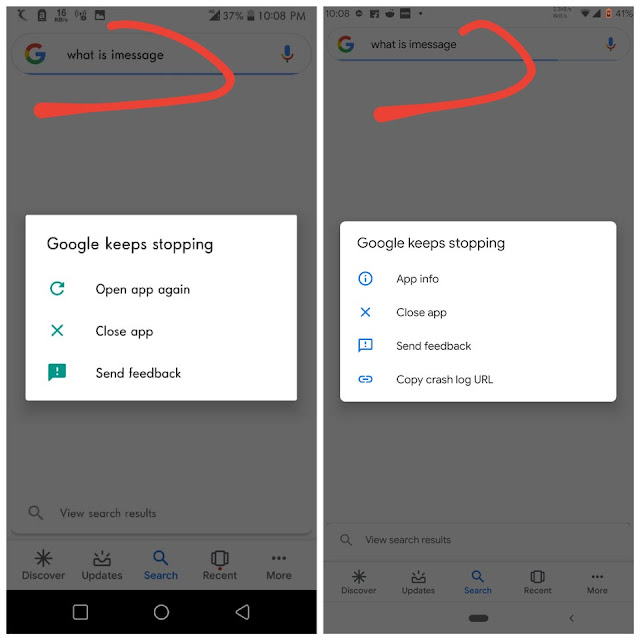Microsoft Information Disclosure Vulnerability

Information Disclosure Vulnerability in Microsoft Open Enclave SDK ( CVE-2019-1370 ) Overview A vulnerability has been reported in Microsoft Open Enclave SDK Which could lead to Disclosure of sensitive information in the context of the current user. Description An information disclosure vulnerability exists in microsoft Open Enclave SDK due to improper handling of objects in memory. An attacker could exploit this vulnerability by compromising the host application running the open Enclave. Sucessful exploitation of this vulnerability could allow an attacker to obtain informnation stored in the open Enclave.

















